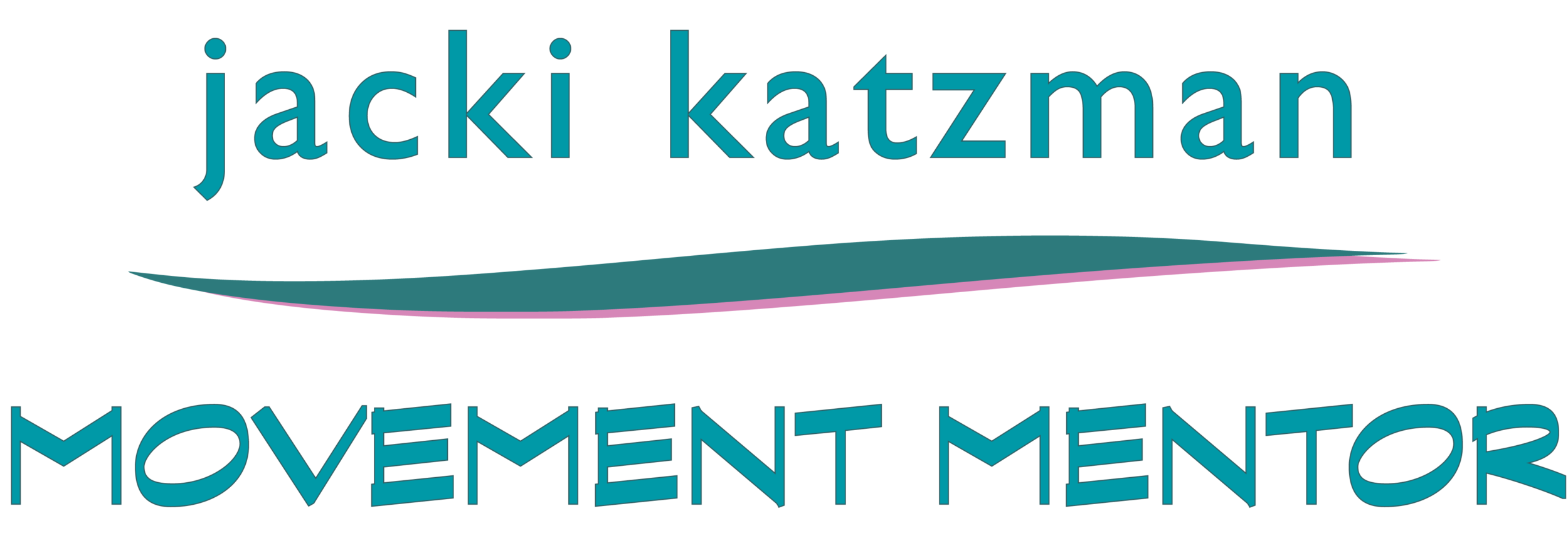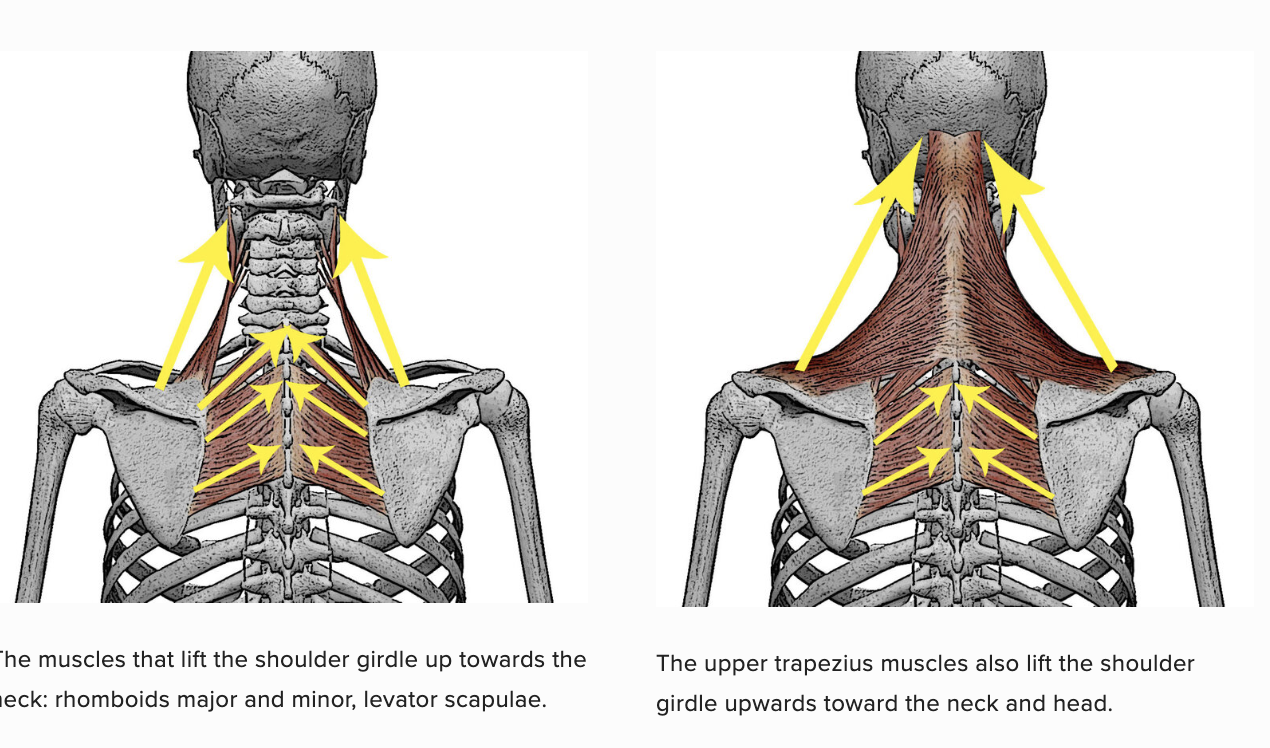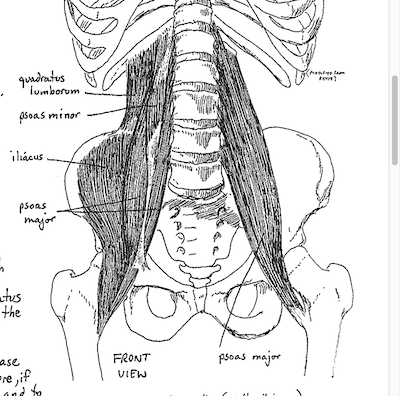Hippie Chicks - 6 - Marianne - As Tears Go By - Align and Stabilize from the Corners
Marianne Faithful began singing long before she had her first hit, “As Tears Go By” written by her one-time beau Mick Jagger. More a “mod” than a “hippie chick,” rebellion was her operating ethos.
Hippie Chicks - 6 - Marianne - As Tears Go By - Align and Stabilize from the Corners
Find Lift, Find Freedom
Based on the “Minimal Movement” as taught by Arlyn Zones, GCFT®
Marianne Faithfull, Mick Jagger’s “Glitter Twin” era girlfriend and artist in her own right, is more a “Mod” than a “Hippie Chick.” Her style is unquestionable, and her work continued to mature from co-authoring her first folk rock hit “As Tears Go By”, through post-addiction driving disco numbers like “Broken English,” to definitive Kurt Weill. She has carries herself with confidence and authority.
That authority inspired this variation on the corners lesson: connecting the shoulders and hips on the same side ( homolateral) and opposite corners (diagonal) for lift and stability. (See ReCentering, Full Body Gardening, The Grand Horizontals for previous takes on this lesson.)
In pursuit of a light and lifted chest, and freedom in the spine and hips, we have sensed into the inside edges of the shoulder blades - as the shoulders move together, in different orientations relating to arm position, with one immobilized and the other mobile, moving in opposition.
This lesson takes those connections further - from shoulder blades and sternum down to the pelvis. Lying supine or sitting on a chair, the intention is to connect the top of the shoulder blade (the Sgt. Pepper epaulets) to the bottom tips of the pelvis, namely the tailbone and pubis. Then connect the bottom tip of the shoulder blade to the pelvic crests. We do this first on one side, then the diagonal and around.
In working this out, I found these connections, made conscious, to be strong and stable. I felt my torso compact and, important for me, well aligned. And flexibly light. Focusing on these scapula to pelvis connections in the pool - the reservoir is still 47 F - I surprised myself with how easy it was to hold the center line in every stroke I tried. Golfer, kayakers, guitar and uke players - this could be big.
This is what we have been working on - the movement of the scapulae relative to one another, the chest and the spine.
This lesson adds the comparable relationship of the iliac crests to the centerline.
Not definitive comparative anatomy, but an image to hold when thinking about how the shoulder girdle and pelvis relate. We were once more horizontal
Where in the shoulders, there are muscles connecting the blades, in the pelvis stability is what its about. All those connectors, similarly laid out it seems to me, are not muscles but ligaments.
Science Nerd Candy Bowl: another look at last week’s videos won’t hurt. This week look more closely at the relationship between the muscles connecting the scapulae and neck, and how they mirror the muscles around the pelvis.
Twist Yoga Poses: Active Twist versus Passive Twist: (2:21) Muscles in Motion - the whole body engagement of this lesson from the seated orientation
Anatomy Trains: The Superficial Back Line: (2:17) Muscles in Motion - not specifically connected to THIS lesson, but a great review of the lines of force from foot to crown
Bird Dog Exercise | Improve Your Core and Balance, Muscle and Motion: (1:18) Shows the movement of the shoulder blade and pelvis as shoulder blades slide upward and low back curls.
Set Up:
Lying supine on a mat on the floor with knees bent, with support for head and knees as needed
OR sitting on a firm chair with knees and hips level
How you might feel after this lesson: Chest lifted and open; Breath deep; Shoulder blades resting quietly over the ribs, Neck released; Upper back flexible; Connected from pelvis to sternum, head to shoulders; Neck released; Hips and shoulders aligned and stable; Center line easy to hold;
“Whatever it is, the way you tell your story online can make all the difference.”






